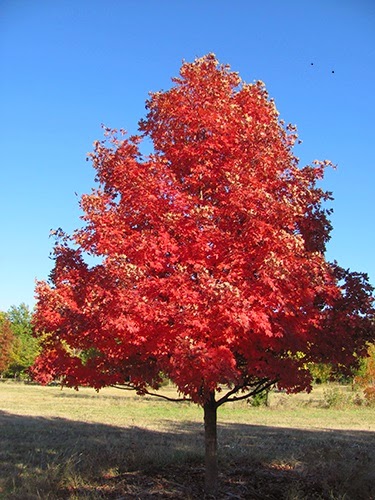Nitrates and Prussic Acid
Neil Cates, Livestock Agent
Many of you have already or are preparing to swath or graze your fall forages such as, oats, millets, forage sorghums and sorghum sudan grasses. We have had great moisture to allow these forage crops to thrive. Even with the plentiful moisture, I have still tested several forages that have produced toxic levels of nitrates. Be sure to test your forages before you graze or feed them this fall and into the winter. This is a service offered by the livestock program of the Post Rock Extension District.
Another concern this time of year is the risk of prussic acid poisoning. Sorghums, sudan grasses, sorghum-sudan grass crosses, and closely related species are most commonly associated with prussic acid poisoning. Most sorghum and sudan grasses contain a prussic acid precursor (dhurrin) in their epidermal cells. Dhurrin in itself is not toxic, but the plant contains an enzyme that under certain conditions (periods of stress), converts dhurrin to prussic acid.
Grain sorghum generally has higher concentrations of dhurrin than forage sorghums or sudan grass. Dhurrin concentrations are usually low under normal growing conditions. Problems occur in young plants, new regrowth, and following rapid regrowth after a period of stunted growth, such as rapid growth of drought-stressed plants following a rain, or regrowth following a frost or freeze. These conditions cause concern for high concentrations of dhurrin resulting in livestock poisoning.
So what can be done to prevent prussic acid poisoning?
-Do not graze these prussic acid accumulating places unless they are tested first.
-If plants have been damaged by herbicides or frost, defer grazing until they either are well recovered from injury or after a killing freeze. After a killing frost, wait at least 7-10 days or until the frozen leaf tissue has completely dried out before grazing to allow the released hydrogen cyanide gas to dissipate.
-Do not graze plants in the sorghum family until they are 2 to 3 feet tall and be cautious of grazing regrowth.
-When turning livestock into new pastures containing prussic acid accumulating plants, don’t turn in on cloudy days, or early in the morning.
-Feed grain or hay before releasing the animals to pasture.
On the bright side, prussic acid dissipates from plants properly cured for hay. However, in hay baled early at high moisture or plants chopped for immediate feeding, the prussic acid may not have had a chance to dissipate. Under these conditions or grazing, the best assurance is to test your feed stuffs for prussic acid.

Many of you have already or are preparing to swath or graze your fall forages such as, oats, millets, forage sorghums and sorghum sudan grasses. We have had great moisture to allow these forage crops to thrive. Even with the plentiful moisture, I have still tested several forages that have produced toxic levels of nitrates. Be sure to test your forages before you graze or feed them this fall and into the winter. This is a service offered by the livestock program of the Post Rock Extension District.
Another concern this time of year is the risk of prussic acid poisoning. Sorghums, sudan grasses, sorghum-sudan grass crosses, and closely related species are most commonly associated with prussic acid poisoning. Most sorghum and sudan grasses contain a prussic acid precursor (dhurrin) in their epidermal cells. Dhurrin in itself is not toxic, but the plant contains an enzyme that under certain conditions (periods of stress), converts dhurrin to prussic acid.
Grain sorghum generally has higher concentrations of dhurrin than forage sorghums or sudan grass. Dhurrin concentrations are usually low under normal growing conditions. Problems occur in young plants, new regrowth, and following rapid regrowth after a period of stunted growth, such as rapid growth of drought-stressed plants following a rain, or regrowth following a frost or freeze. These conditions cause concern for high concentrations of dhurrin resulting in livestock poisoning.
So what can be done to prevent prussic acid poisoning?
-Do not graze these prussic acid accumulating places unless they are tested first.
-Do not graze plants in the sorghum family until they are 2 to 3 feet tall and be cautious of grazing regrowth.
-When turning livestock into new pastures containing prussic acid accumulating plants, don’t turn in on cloudy days, or early in the morning.
-Feed grain or hay before releasing the animals to pasture.
On the bright side, prussic acid dissipates from plants properly cured for hay. However, in hay baled early at high moisture or plants chopped for immediate feeding, the prussic acid may not have had a chance to dissipate. Under these conditions or grazing, the best assurance is to test your feed stuffs for prussic acid.









